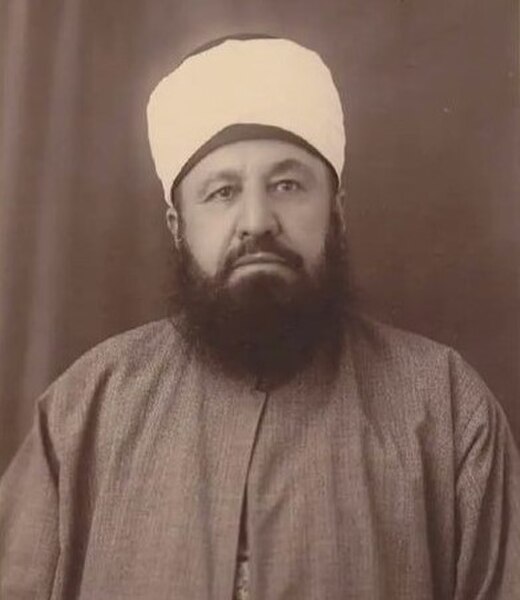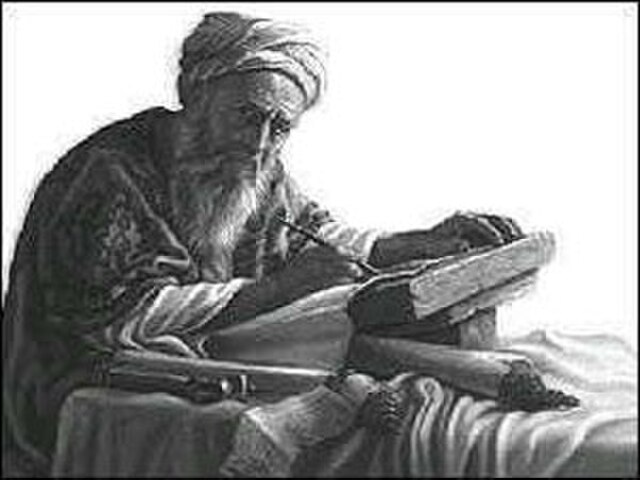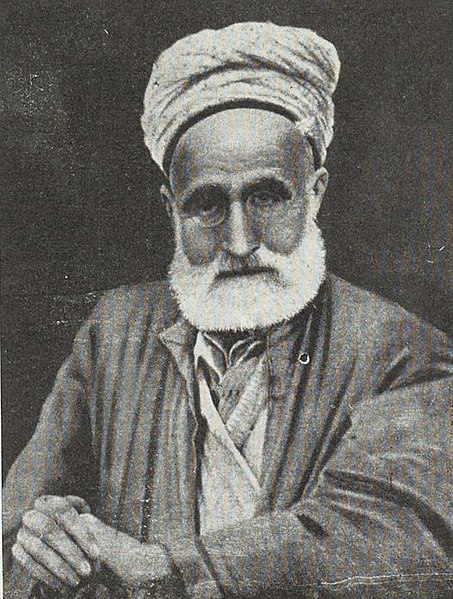Ahl-i Hadith is a Salafi reform movement that emerged in North India in the mid-nineteenth century from the teachings of Sayyid Ahmad Shahid, Syed Nazeer Husain and Nawab Siddiq Hasan Khan. It is an offshoot of the 19th-century Indian Tariqah-i Muhammadiya movement tied to the 18th-century traditions of Shah Waliullah Dehlawi and the Wahhabi movement. The adherents of the movement described themselves variously as "Muwahideen" and as "Ahl e-Hadith."
An early photo of the Grand Mosque of Riyadh circa. 1922.
Jamia Masjid Ahl-e-Hadith, an Ahl-i Hadith mosque in Halifax, West Yorkshire.
The Salafi movement or Salafism is a revival movement within Sunni Islam, which was formed as a socio-religious movement during the late 19th century and has remained influential in the Islamic world for over a century. The name "Salafiyya" refers to advocacy of a return to the traditions of the "pious predecessors", the first three generations of Muslims, who are believed to exemplify the pure form of Islam. In practice, Salafis maintain that Muslims ought to rely on the Qur'an, the Sunnah and the Ijma (consensus) of the salaf, giving these writings precedence over later religious interpretations. The Salafi movement aimed to achieve a renewal of Muslim life and had a major influence on many Muslim thinkers and movements across the Islamic world.
Syro-Egyptian Sunni theologian Sayyid Rashid Rida (d. 1935), leader of the Arab Salafiyya movement
Teachings of the influential Yemeni traditionalist theologian Muhammad ibn Ali al-Shawkani (d. 1834) has profoundly influenced generations of Salafi scholarship
Tahir al-Jazai'ri (1920), one of the early leaders of the Salafi movement
Jamal al-Din Qasimi (d. 1914), a major scholar of the Syrian Salafiyya movement






